The project topic in a project-based learning (PBL) course is important as it determines what skills are needed, if the students will be inspired to work on them, and what equipment should be prepared.
I enjoyed seeing what the students have done for the touch-less candy dispenser project for Halloween in Fall 2020 at WCU, and I wished to find another culture-inspired project topic at TU-Sofia. My colleague at TU-Sofia helped me to go through the holidays in the fall semester in Bulgaria, which were not necessarily inducing actions like what people would do on Halloween. However, there are many cultural symbols, patterns, and music that are unique in Bulgaria. That colleague suggested me to do something related to souvenirs, and another colleague at WCU suggested me to combine both Bulgarian and American culture elements together since we were talking about student collaboration between universities then, and both groups could learn from each other. We also wanted to potentially include some nice sound effect to enrich the design, and I used to use the Touchboard in our Connections exhibit for both engineering and art projects, so we managed to get some Fulbright grant to order a few Touchboard kits, too. Even though later on, the WCU students couldn’t be included on our project as the timing simply wouldn’t match up, the Bulgarian students could include the American cultural elements that they perceived to be representative. We also invited some American friends in Sofia to provide more suggestions on what cultural elements are representative and how both cultural elements could be paired up. Then our project topic, “Super Duper Souvenir“, came into being.
Super Duper Souvenir
The most-often asked question that Dr. Yan gets while she’s in Bulgaria is “What do you think of Bulgaria?” Similarly, Dr. Yan is wondering “What do you think of the U.S.A.?” Dr. Yan wants to tell the stories of both Bulgaria and U.S.A. to everyone she knows who may come from either country or even from other countries. However, it is complicated as one can imagine. Can you help her to design a super duper souvenir that tells the stories of both cultures in the most entertaining and interactive way?
The students are tasked to create projects that tell the stories of both Bulgaria and the U.S.A. Such stories can be at the national level or the regional level, to encourage the audience to explore further. The projects should be safe and entertaining. They can use the Arduino kits, the Touchboard kits, 3D prints, and anything else that they need and could gather, as long as they don’t use the store-bought souvenirs as is.
When the students did brainstorming to generate ideas, I was impressed by their Bulgarian pride again and again, and there are many things that they can be very proud of. Our American friends in Sofia also offered many ideas and pointed out the counterparts for an element in one culture to another element in another culture. Many of the ideas would not materialize in the students’ projects given the limited project time and resources, but I’d like to record them below, as a summary of what we could explore further.
Water
One team wanted to work with water, representing nature such as Niagara Falls in the U.S. and the many thermal mineral spring water sources in Bulgaria. Working with water requires water pump, reservoir, and pipes, and the water pump needs a relatively bigger current to drive it than what a pin on an Arduino board could provide, so a relay using an external battery is needed. All in fall, getting the water to flow in a cycle is already quite a bit of work, so even though the final waterfall they made is not as grand as the Niagara Falls (not that we expected to do so), but more like a water fountain along the hiking trails (the singular form is “cheshma (Чешма)” and the plural form is “cheshmi (Чешми)”), it is a good prototype of their design, and it could scale up with more resources.
Speaking of Niagara Falls, it was made famous in Bulgaria by a Bulgarian author, Aleko Konstantinov, who wrote the book “To Chicago and Back” in 1894, describing his visit to the United States in order to see the World’s Columbian Exposition in 1893. His very famous fictional character, Bai Ganyo (or Bay Ganyo), appeared in the book briefly then. The character was believed to be modeled off a real person that Aleko met during his U.S. trip. Aleko published satirical short stories in a collection entitled “Bay Ganyo Goes to Europe” in 1895 describing a peddler selling rose oil and rugs through Western Europe. This book was considered by some scholars to be a mirror for a modernizing Bulgaria. Aleko’s books were also believed to spark the Bulgarians’ interest in tourism. Aleko was assassinated in 1897 at the young age of 34 (1863-1897), which could be because he was mis-targeted as a politician friend who switched seats with him, or his work angered the social class of the Bai Ganyo’s, or some other reasons. This post “Bay Ganyo of the Balkans” by Sylvia Choleva is an interesting read for me to know the many nuances about this character. Bai Ganyo was lack of manners and conscience, but quirky and funny. His complexity was what made people laugh and think. When I mentioned “Bai Ganyo” to the students, their response was a mixture of emotions, too. They said that for me to appreciate the humor in that book, I’ve got to learn Bulgarian to read it in its original writing (That is some aspiration!). Aleko was such a famous writer that the 100-Lev bill used his portrait on the front and the back sides, and his work on Bai Ganyo was depicted on the back side of the bill, too.
History
Year 681 was when the First Bulgarian Empire was founded by Khan Asparukh, and Bulgaria is the only country in Europe that has not changed its name since it was first established. The territory of Bulgaria has been morphing in history through wars, negotiations, and power transitions. The motto on the coat of arm is “Съединението прави силата”, “Saedinenieto pravi silata”, or “Strength through Unity”.
Mountains
The mountains in Bulgaria are gorgeous and mystical. According to this post The Most Mystical Places in Bulgaria, “At the beginning of the 20th-century, a movement combining esoteric cults, meditation, breathing exercises and bits of Christianity was created by a Bulgarian called Peter Deunov, also known by his spiritual name Beinsa Douno. The Universal White Brotherhood exists until today and every year its followers gather in the middle of August at the Seven Rila Lakes in Rila Mountains, at more than 2,000 m (6,500 ft), to perform their spiritual Paneurhythmy Dance in big circles. They believe the area around the lakes is a source of powerful natural energy.”
The word “Paneurhythmy” was derived from three roots.
- Pan – meaning Whole; Universal and Cosmic
- Eu – meaning True harmony
- Rhythmy – meaning correctness in the movements and in every other external expression in life.
There are some set movements (exercises) that the followers do while performing the dance. I found some demonstrations of the movements: Exercise 11 is explained in English, while exercises 1-10 are explained in Bulgarian. Here’s the music they would dance to. Paneurhythmy aims at synchronizing the body and the nature, which reminds me of the Sufi whirling dervishes in Istanbul as a form of prayer.
I met a colleague at TU-Sofia who said that they have been visiting Seven Rila Lakes every year in the past 20+ years and they just loved the energy from each lake. Each lake emits different energy and is healing for different aspects of their body and spirit. The Pionerska chairlift we took from the parking lot to the chalet near the Lower Lake opened in 2009, which meant that they used to hike up all the way from the parking lot to the Lower Lake, that was a steep and long hike, in addition to the seven-hour hike we would take to finish the loop. There are some legends about Seven Rila Lakes. When we went there, I didn’t know any of this. Given what I now know, I revere it even more. As a counterpart, the red rocks in Sedona, Arizona, USA are believed to be a sacred place, too.
I came across this hiking guide in the Bulgarian mountains published in 2010 and the photos there were marvelous. The information there appears to be quite comprehensive to cover many mountains in Bulgaria. Although the latest review said that some of the shelters mentioned in the guide no longer existed, the route he described was still quite useful.
Caves
Cave “Dyavolskoto Garlo (Дяволското Гърло)” means Devil’s Throat, entered with guide only, via stairway beside a 42m waterfall. It is in the town of Peshtera (Пещера), in the Rhodope Mountains near the southern border of Bulgaria. The National Geographic team used to go there and find everything to be mysteriously disappeared into the river which is in the cave and never came out from the other side of the cave. Legend has it that it is where Orpheus descended into the underworld in order to take Eurydice back from Hades.
Cave “Prohodna (Проходна)” means God’s eyes, The cave is about two hours’ drive to the northeast of Sofia, and it is a natural rock bridge with the highest cave vault in Bulgaria, reaching 45 m. At night when the moon is seen from one of the openings (that looked like eyes), it is especially awe-inspiring. In raining days, at certain angle, the rain would look like tears from the “eyes”.
The “Magura (Магура)” Cave is located in northwestern Bulgaria. In one of the caverns, prehistoric paintings have been discovered, carved into the walls and decorated with bat guano (droppings).
Black Sea
There are many towns, big or small, along the coastal line of the Black Sea in Bulgaria, such as Varna, Burgas, Sozopol, and Nessebar. Many of them are of significant archaeological value, when the salt, produced from the sea water, was even more expensive than gold in the old days, and the residents would amass a large amount of gold to make those exquisite artifacts, which were excavated and are now on display in many museums.
There are many nice beaches along the coast, too, with some fish only available from the Black Sea. We were there in September, and it would be nice to be back some time in the future.
Flowers
There are more than twenty species of edelweiss in the world, the rarest species in the world being from Everest and the Himalayas. In Bulgaria edelweiss is an emblem of the Bulgarian Tourist Union. Edelweiss is a protected species in Bulgaria. The plant is included in the “Red Book of Bulgaria”.
Sredna gora is also in the “Red Book of Bulgaria” to be protected. The photo below is from a student.
Bulgaria is the largest rose oil producing country, and the damask roses are used most often for this purpose.
Monuments
From ancient times to the present, each monument commemorates the sacrifice of the people to pursue peace and independence, such as the Madara horseman near the old capital, the Baba Vida Castle on the bank of the river Danube, and the Shipka monument of freedom where Bulgaria won the critical battle to gain its independence.
The Vasil Levski monument is also noteworthy, as Vasil Levski (1837-1873) was a national hero to lead a revolutionary movement to liberate Bulgaria from Ottoman rule and was executed by hanging at the young age of 35. I saw his portrait in every campus building and found his monuments throughout Bulgaria. The biggest stadium in Sofia is named after him, and his monument in Sofia is said to be where he was executed.
Food
Bulgarian yogurt is famous world-wide. What makes it special is the bacterium (Lactobacillus bulgaricus) in making it is found only in Bulgaria. Milk left outside can turn into yogurt by itself, without any special treatment. There’s about 90 billion CFU of probiotics in a serving of Bulgarian yogurt versus Greek yogurt, about 25 – 30 billion CFU, making it about the healthiest diary product.
Boza is a fermented drink made from various grains. Sugar is often added during fermentation, and its texture is think, so it tastes sweet and creamy, but with a special wheat flavor. Given that special taste, even Bulgarians would either love it or hate it. I’ve tried it and I actually like it and I have bought it a few times. Boza is said to have an origin in Turkey, but the Bulgarian Boza looks darker in color than the Turkish Boza, perhaps due to different grains in use.
Rakia is an alcoholic drink made from the distillation of fermented fruit. It is historically homemade in the boiling pots or distillers. I don’t drink so I can’t tell how it tastes. Many people love it and it is high in alcohol percentage. It reminds me of moonshine in the southeastern mountain ranges in the U.S.
Music
A Bulgarian folk singer, Valya Balkanska, sang “Izlel je Delyo haidutin (Came out rebel Delyo)” in 1977, which was included on the Voyager‘s Golden Record to send to the space in the same year.
Fun Facts
The first digital electronic computer was invented by John Atanasoff during the 1930s at Iowa State College (now Iowa State University). John’s father was a Bulgarian immigrated to the U.S. in 1889. John was recognized by both U.S. and Bulgaria with the highest honor. As a comparison, the Mark I computer used at Harvard University in 1944 to help with the Manhattan Project included electromechanical relays so it was not purely electrical. The Mark I was disassembled in 1959, but portions of it were displayed in the Science Center as part of the Harvard Collection of Historical Scientific Instruments until being moved to the new Science and Engineering Complex in Allston in July 2021. Other sections of the original machine were transferred to IBM and the Smithsonian Institution.
Georgi Ivanov was the first Bulgarian going into space in 1979.
Christo and Jeanne-Claude were famous for their wrapping of big buildings and landscapes and Christo was a Bulgarian. I attended a Zoom talk by Dr. Liliana Milkova earlier this month. She has studied and led students to study Christo and Jeanne’s art work for many years, and she encouraged us to observe the photo of the wrapped roses, which is on display at the Museum of Modern Art (MoMA) in New York City. Honestly without spending enough time on it, I might just have glanced over it and moved on, but when the attendees each shared their observations and the associated feelings, this one small object became so much more meaningful. Similarly, when people were shaken by encountering the wrapping of the much bigger objects, it was about defamiliarization and inquiry, too.
Pravetz computers (Правец) were Bulgarian computers produced from 1979 until the early 1990s, emulating the Apple computers. They were manufactured in the town of Pravetz, with some components and software being produced in Stara Zagora, Plovdiv, and other Bulgarian cities.
Jeff Bezos said that one of the first orders from Amazon in 1995 was from Bulgaria with an ingenious payment method. “In the first six months we had only one order and it came from Bulgaria. I did not know that in 1995 they had internet access in Bulgaria, but they did. This customer did not pay by credit card. They paid with cash, which is a payment method that we discourage. The customer had put two hundred-dollar bills folded into a small package. And he was sliding this little package with money in the disk. He opened the small metal cap and hid them inside the disk. Then send it to us by mail, and a separate note read: “Money is hidden in the disk.” It said also that customs would steal your money but they don’t read English. We opened the disk and saw inside their $200. They had posted the order number so we can match the payment with it. We delivered their books and the contract was concluded”. Here’s the video of Jeff’s story about it, which was delivered on 25th November 2002 to the MIT students.
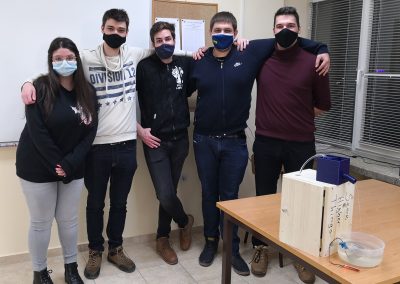


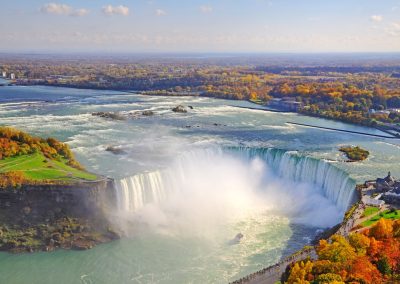
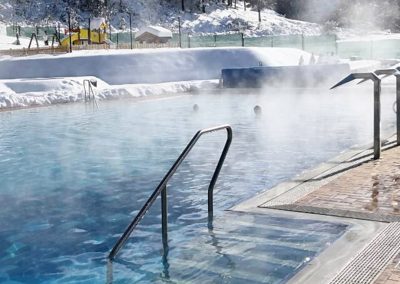

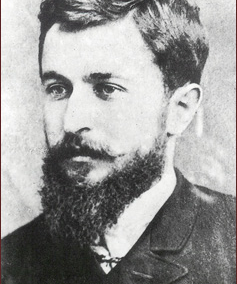

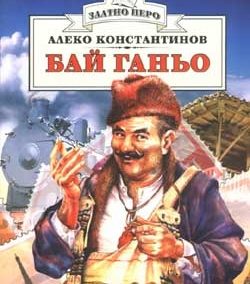


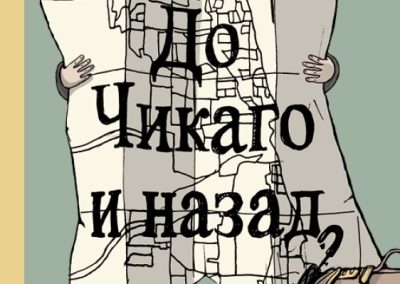

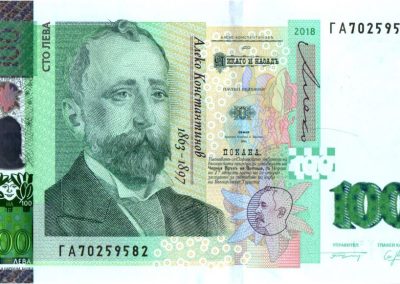

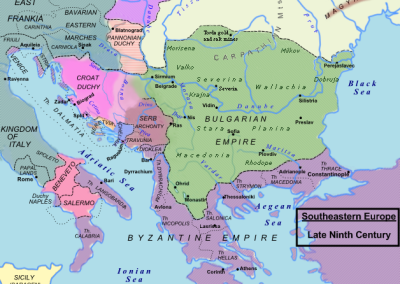

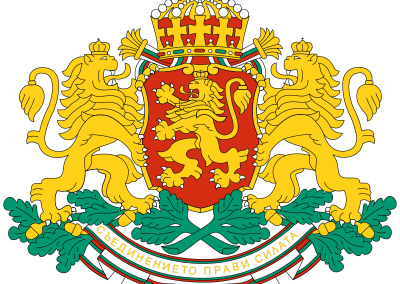

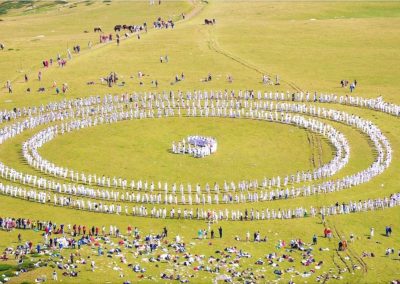
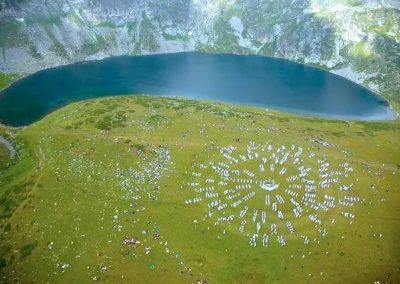


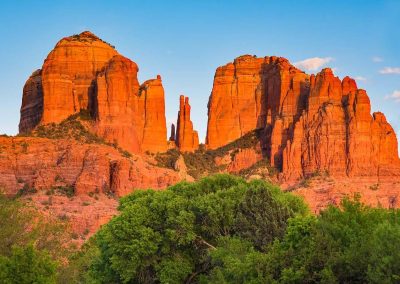
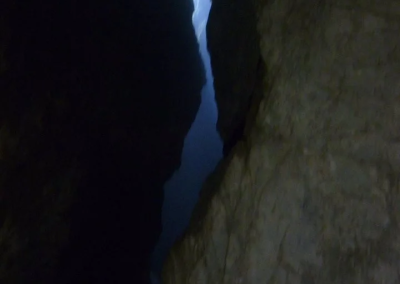
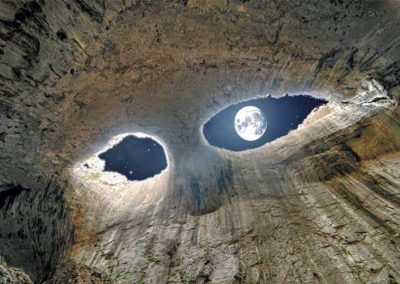
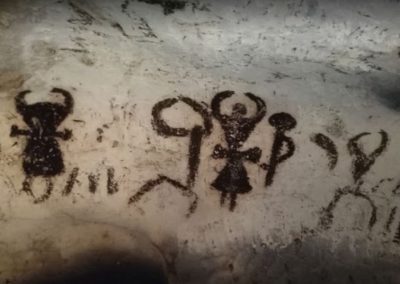
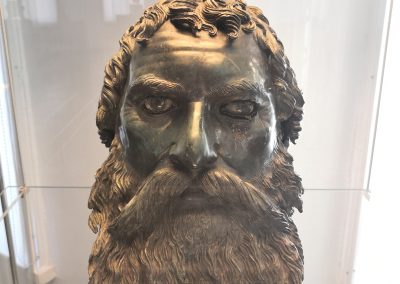
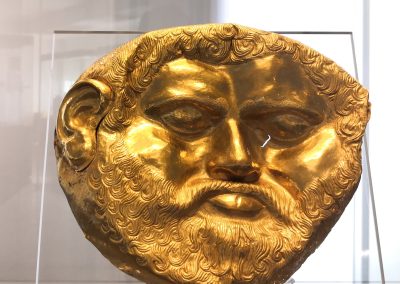
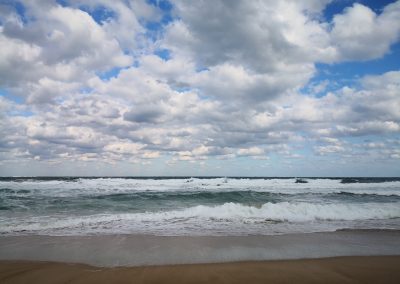
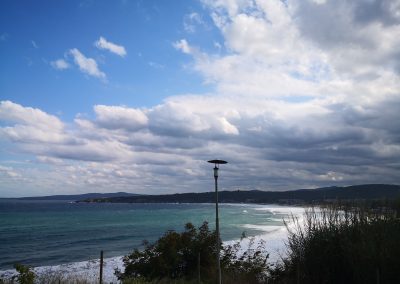
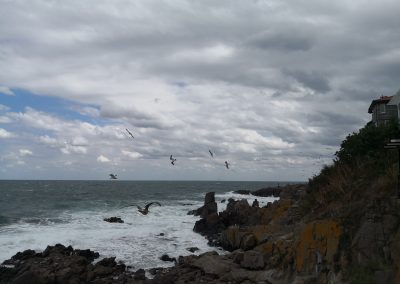
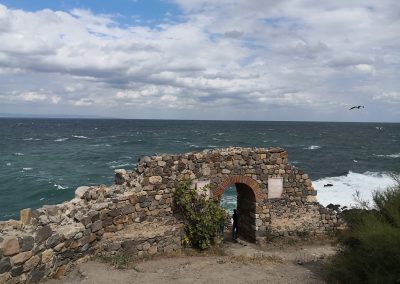
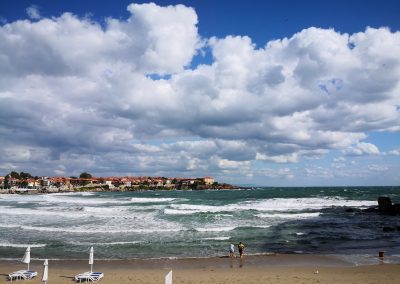
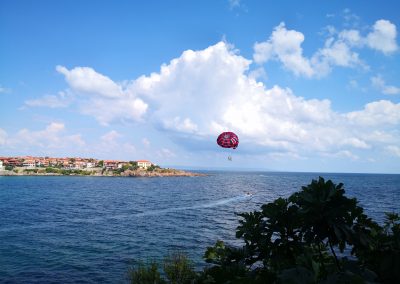
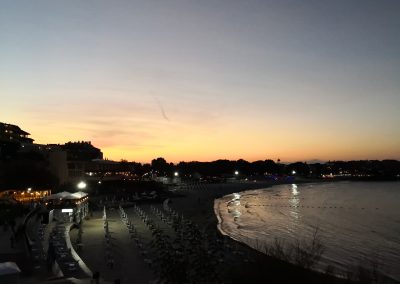
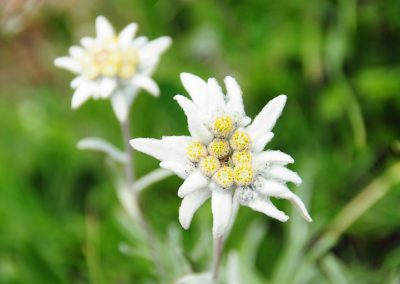
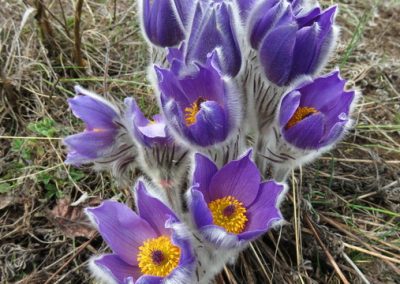
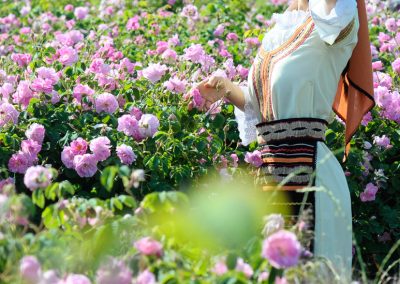
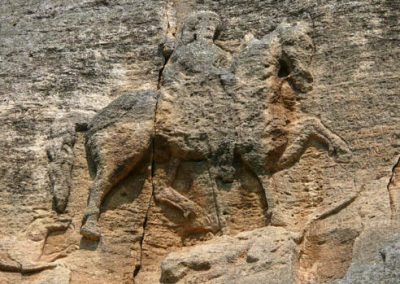


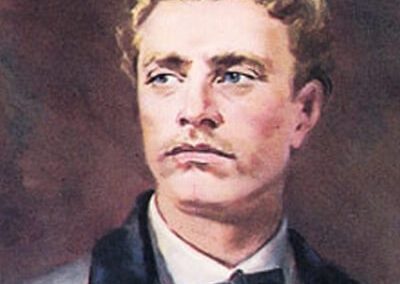

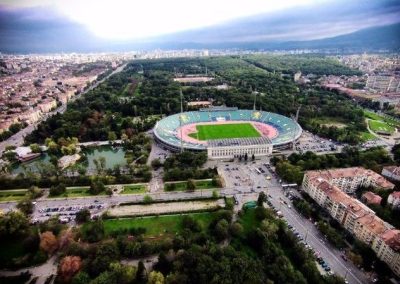
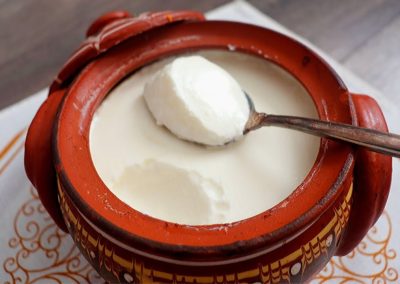

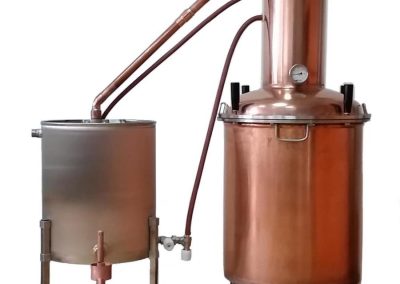

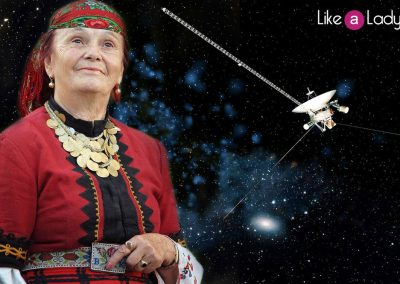
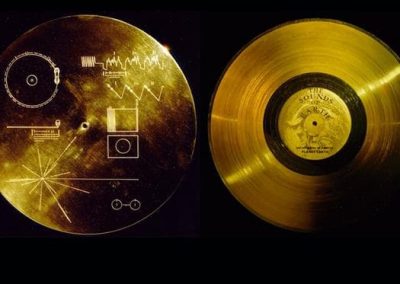
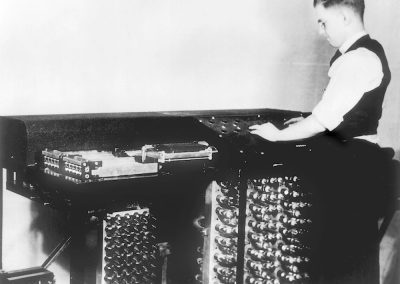
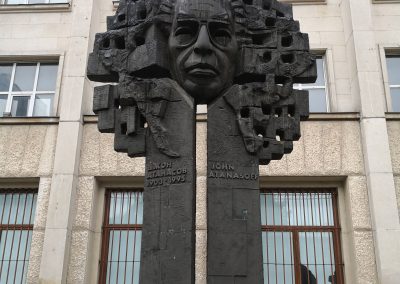
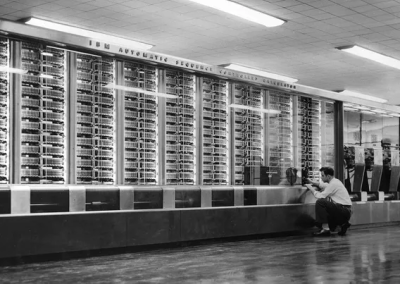
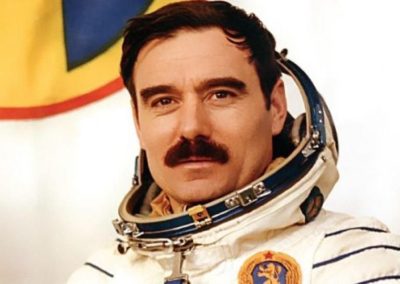
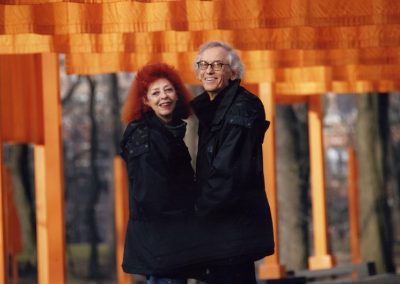



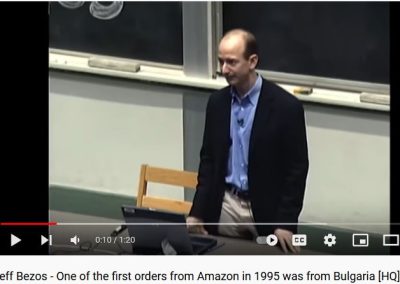
Recent Comments